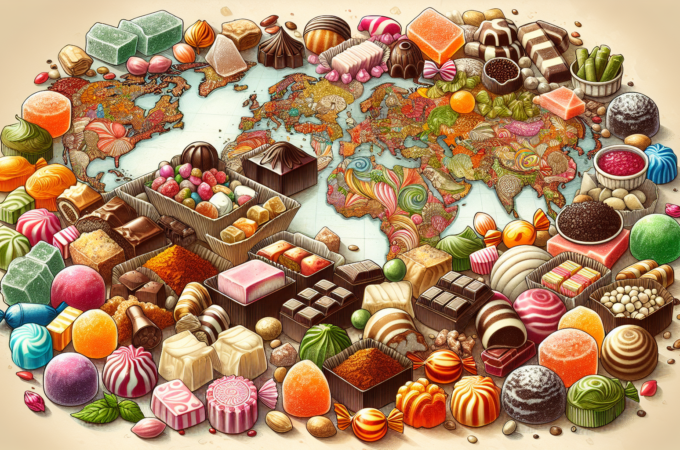
All About Bread Making Processes
Bread making processes typically involves the baking of a mixture of many ingredients – including flour, yeast, salt and water. Ideally this process involves mixing of ingredients into a consistent paste called call dough following which it is baked. Mechanical bread making relies on fermentation to ensure that the dough rises quickly. There are many desired outcomes from the making of bread – primarily related to the strength of the dough to hold the gases which rise.
Bread making processes

The following processes combine to create the bread that is consumed all over the world. There are other variations that are used in many places to add different flavours and for specialty bread. Learn more here about many of the new offerings that include bread that is gluten free, and bread that is fully vegetarian. Depending on the type, bread making sometimes involves the use of white sugar. Many vegetarians avoid consuming food products that have white sugar. This is because the manufacture of white sugar involves the use of charred bone. Here is all that you need to know about bread making process. This will give you an idea of the vegetarian or non-vegetarian ingredients used.
Mixing – this is intended to mix the different ingredients which will permit the protein to help in making the best bread. It is important to note that the protein here is gluten.
Fermentation process – after the mixing process has completed, the dough needs to rise. When this process begins, the mixed ingredients will transform from a mass that does not have elasticity into matter that has good elasticity. During this stage the yeast cells grow, while a network of proteins will form.
Kneading process – during this stage the dough is kneaded as there is a need for distributing the gas that forms in the mixture. This gives greater consistency to the matter, helping in creating better bread.
Additional round of fermentation – also known as a second round of rising, it is the stage where the dough is filled with more gas. This proving stage makes the dough ready for baking.
Baking of the mixture – this is the final phase where the mixed dough is back to form ready to eat, porous bakery product. During this stage the heat causes the dough to expand in volume, giving the bread its shape and size. During this baking process, the dough undergoes various stages of transition when it is subjected to different temperatures.
Final cooling stage – this is an important stage that permits the smooth cutting of slices of the bread. It is necessary to let the baked bread cool down before it can be cut and wrapped for sale. This is exactly why bakeries have special cooling processes and equipment that bring down the temperature of the bread.
Therefore it is necessary for individuals to check out the ingredients to determine if the product is vegetarian or non vegetarian. There are many brands that manufacture bread from purely vegetarian ingredients, and individuals can choose the most suitable bread brand for their requirements.




